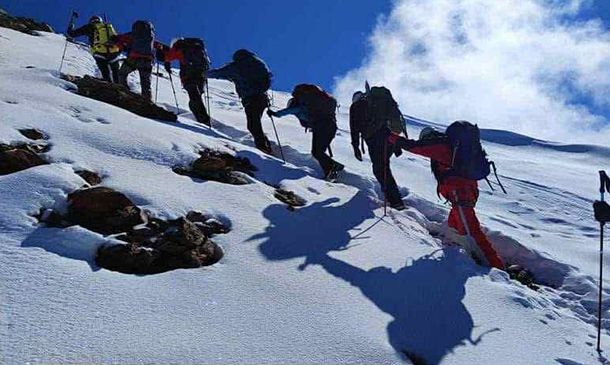Nepal’s National Parks and Conservation Areas
Planning a Trip to Nepal?
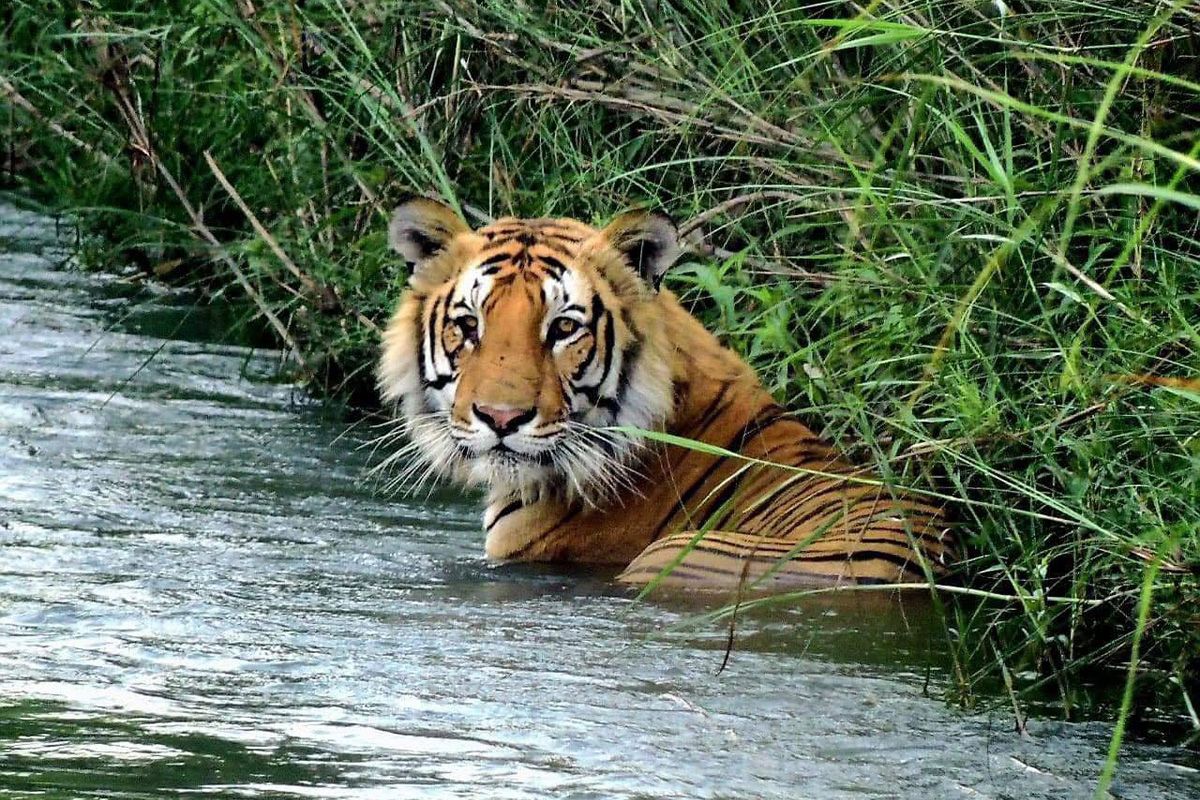
Nepal, a land blessed with dramatic landscapes, rich biodiversity, and towering Himalayan peaks, is also a global leader in conservation. With over 23% of its land designated as protected areas—including national parks, wildlife reserves, conservation areas, and hunting reserves—Nepal offers incredible opportunities for eco-tourism,jungle safari, trekking, and environmental education. This guide provides an in-depth look at Nepal's national parks and conservation areas, their unique features, wildlife, trekking opportunities, and recent developments.
1. Overview of Protected Areas in Nepal
Nepal has 12 national parks, 6 conservation areas, 1 wildlife reserve, and 1 hunting reserve. These areas collectively protect a wide range of ecosystems, from lowland Terai jungles to alpine tundras.
- National Parks: Strictly protected areas with biodiversity significance, often home to flagship species like tigers, rhinos, and snow leopards.
- Conservation Areas: Managed with local community involvement, focusing on both conservation and sustainable livelihoods.
- Wildlife & Hunting Reserves: Serve specific conservation or regulated hunting purposes.
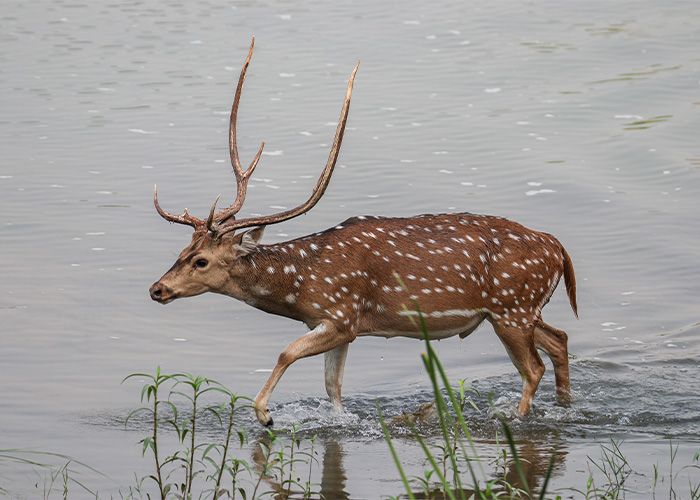
2. National Parks of Nepal
Nepal is home to a remarkable network of national parks that protect the country’s diverse ecosystems, ranging from lowland tropical forests to high Himalayan landscapes. As of now, Nepal has 12 national parks, each preserving unique flora, fauna, and cultural heritage. Chitwan National Park, the first and most famous, is a UNESCO World Heritage Site known for its population of Bengal tigers, one-horned rhinoceroses, and rich birdlife. Bardia National Park in western Nepal offers a more off-the-beaten-path jungle experience with similar wildlife. In the high Himalayas,Sagarmatha National Park—home to Mount Everest—and Langtang National Park protect alpine environments, glaciers, and rare species like the snow leopard and red panda. Other notable parks include Rara, Shey Phoksundo, Makalu Barun, and ,Khaptad, each offering stunning landscapes and opportunities for eco-tourism, trekking, and wildlife observation. These parks play a vital role in conservation, while also supporting sustainable tourism and local livelihoods.
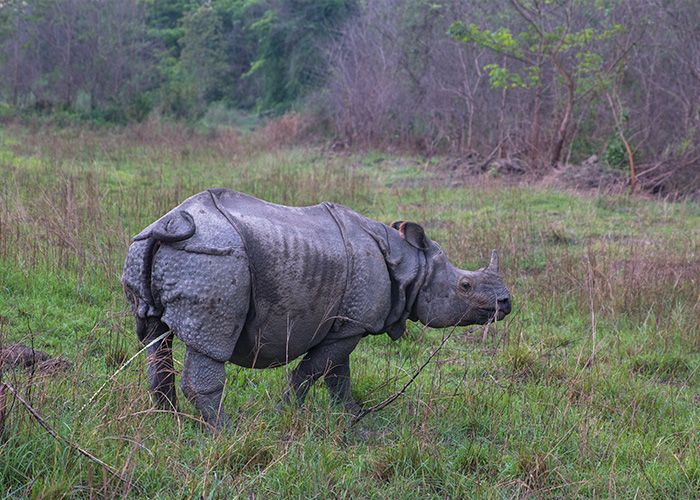
-
Chitwan National Park
Chitwan National Park, Nepal’s first and most famous national park is a UNESCO World Heritage Site located in the subtropical lowlands of south-central Nepal.Covering an area of 952 square kilometers, it is renowned for its rich biodiversity, including iconic wildlife such as Bengal tigers, one-horned rhinoceros, Asian elephants, sloth bears, gharial crocodiles, and over 500 bird species. Visitors to Chitwan can enjoy thrilling Chitwan Wildlife Safaris, canoe rides, bird watching, and cultural experiences with the local Tharu communities, making it one of Nepal’s top destinations for wildlife tourism and nature lovers.
- Location: Central Terai
- Highlights: Chitwan National Park is home to endangered species such as the Bengal tiger, one-horned rhinoceros, and gharial crocodile.
- Activities: Jungle safaris, bird watching, canoeing, Tharu cultural experiences.
- 2024 Update: New buffer zone eco-lodges and better-managed safari routes to reduce animal disturbance.
-
Bardia National Park
Bardia National Park, located in western Nepal, is the country’s largest and most pristine lowland protected areas, covering 968 square kilometers of lush riverine forests,grasslands, and savannas. Known for its rich biodiversity and more off-the-beaten-path appeal compared to Chitwan, Bardia is home to Bengal tigers, one-horned rhinoceroses, wild elephants, swamp deer, Gangetic dolphins, and over 400 bird species.
- Location: Western Terai
- Highlights: Bardia National Park has fewer crowds than Chitwan, excellent for spotting tigers and wild elephants.
- Activities: Walking safaris, jeep tours, river rafting and interactions with the indigenous Tharu people.
- Conservation Note: Improved anti-poaching measures as of 2023 have increased tiger sightings.
-
Sagarmatha National Park
Sagarmatha National Park, located in eastern Nepal, is a UNESCO World Heritage Site renowned for its stunning Himalayan landscapes, including Mount Everest, the world’s highest peak. The park is home to rare wildlife like snow leopards and red pandas, as well as the rich cultural heritage of the Sherpa people, making it a world-famous destination for trekking and mountaineering.
- Location: Solukhumbu, Everest Region
- Highlights: Mount Everest, Sherpa culture, high-altitude flora and fauna.
- Trekking Routes: Everest Base Camp Trek, Gokyo Lakes Trek, Everest Three High Passes Trek, Everest Base Camp via Gokyo Lakes and Chola Pass Trek.
- Conservation Focus: Managing tourism's environmental impact with stricter waste regulations introduced in 2024.
-
Langtang National Park
Langtang National Park, Nepal’s first Himalayan national park, is located north of Kathmandu and is known for its breathtaking mountain scenery, diverse forests, and rich wildlife, including red pandas and Himalayan tahr. It also offers beautiful trekking routes through traditional Tamang villages, alpine meadows, and sacred lakes like Gosainkunda.
- Location: North of Kathmandu
- Highlights: Langtang Valley, red pandas, glacial lakes.
- Trekking Routes: Langtang Valley Trek, Langtang Gosaikunda Trek, Langtang Gosainkunda Helambu Trek, Langtang Valley Trek with Ganja La Pass.
- 2025 Update: Community-led ecotourism projects helping local recovery post-2015 earthquake.
-
Shey Phoksundo National Park
Shey Phoksundo National Park, Nepal’s largest national park, is located in the remote Dolpo (Dolpo Trek) region of western Nepal. It is famous for its stunning landscapes,including the turquoise-blue Phoksundo Lake, and for protecting rare wildlife like snow leopards, blue sheep, and Himalayan musk deer, as well as preserving the unique Tibetan-influenced culture of the local communities.
- Location: Dolpo Region
- Highlights: Phoksundo Lake, snow leopards, Tibetan culture.
- Trekking Routes: Upper Dolpo Trek and Lower Dolpo Trek.
- Access: Remote; requires flights to Juphal and restricted area permits.
-
Makalu Barun National Park
Makalu Barun National Park, located in eastern Nepal, is a remote and rugged protected area known for its dramatic landscapes famous for Makalu Trek, including Mount Makalu, the world’s fifth-highest peak. The park is rich in biodiversity, home to rare species like the red panda and snow leopard, and offers adventurous trekking routes through pristine forests, alpine meadows, and high Himalayan valleys.
- Location: Eastern Nepal, near Mount Makalu (8,485 m)
- Highlights: Pristine wilderness, cloud forests, red pandas, and over 3,000 plant species.
- Trekking Routes: Makalu Base Camp Trek.
- Ecological Value: Extends into the transboundary Sacred Himalayan Landscape.
-
Rara National Park
Rara National Park, located in northwestern Nepal is home to stunning Rara Lake, the largest and deepest lake in the country. Surrounded by alpine meadows, pine forests,and snow-capped peaks, the park offers a peaceful retreat and protects diverse wildlife such as Himalayan black bears, red pandas, and musk deer.
- Location: Northwestern Nepal
- Highlights: Rara Lake (Nepal's largest), Himalayan black bear, alpine scenery.
- Trekking Routes: Rara Lake Trek, Jumla and Dolpo Trek.
- Visitor Experience: Remote and peaceful; ideal for solitude and photography.
-
Khaptad National Park
Khaptad National Park, located in the far – western hills of Nepal, is a serene and lesser – known protected area famous for its rolling grasslands, dense forests, and rich cultural heritage. Spanning 225 square kilometers, the park is home to diverse wildlife, including Himalayan black bears, leopards, and over 270 bird species, as well as numerous medicinal plants. It is also a spiritual site, closely associated with the legendary sage Khaptad Baba, attracting pilgrims and nature lovers seeking peace and natural beauty.
- Location: Far-Western Nepal
- Highlights: Rolling meadows, forests, and spiritual significance of Khaptad Baba.
- Biodiversity: Rich birdlife and medicinal plants.
- Cultural Note: Blends spirituality and nature—popular for local pilgrims.
-
Banke National Park
Banke National Park, located in southwestern Nepal, is one of the country’s newest protected areas, established in 2010 to serve as an important wildlife corridor connecting with Bardia National Park and neighboring Indian reserves.Covering 550 square kilometers of sal forests, grasslands, and river plains, the park is home to Bengal tigers, elephants, leopards, and various deer species. It offers a growing destination for wildlife tourism and plays a vital role in conserving Nepal’s lowland biodiversity.
- Location: Mid-Western Nepal, adjoining Bardia National Park
- Highlights: Part of the western Terai Arc Landscape; vital tiger habitat.
- Development: Youngest national park (established in 2010), with increasing wildlife sightings.
-
Shivapuri Nagarjun National Park
Shivapuri Nagarjun National Park, located just north of Kathmandu, is a popular protected area known for its lush forests, diverse wildlife, and scenic trekking trails. Covering 159 square kilometers, the park plays a vital role in supplying water to Kathmandu Valley and offers a peaceful natural escape close to the city.
- Location: Just outside Kathmandu Valley
- Highlights: Shivapuri Hiking, bird watching, and monastery visits.
- Popular Trails: Shivapuri Peak, Budhanilkantha, Jamacho.
- Urban Value: Critical water source and green escape for Kathmandu residents.
-
Parsa National Park
Parsa National Park, established in 2017, is located in the southern Terai region of Nepal, covering part of Parsa, Bara, and Makwanpur districts. Spanning 627.39 square kilometers, the park features subtropical forests, grasslands, and wetlands, and is home to diverse wildlife including Bengal tigers, wild elephants, sloth bears, and over 500 bird species. It serves as a vital ecological corridor connecting Chitwan National Park in Nepal and Valmiki Tiger Reserve in India. Visitors can enjoy activities such as jungle safaris, birdwatching, and nature walks, with the best time to visit being from October to March.
- Location: Central Terai, adjacent to Chitwan National Park
- Wildlife: Tigers, leopards, wild boars, sloth bears.
- Visitor Note: Less trafficked, making it excellent for researchers and solitude- seekers.
-
Shuklaphanta National Park
Shuklaphanta National Park, located in the far southwestern corner of Nepal’s Sudurpashchim Province, is renowned for its expansive grasslands, tropical forests, and wetlands. Covering 305 square kilometers, with an additional 243.5 square kilometers buffer zone, the park was established as a wildlife reserve in 1976 and upgraded to national park status in 2017. The park is part of Terai Arc Landscape, facilitating wildlife movement between Nepal and India. Visitors can enjoy wildlife viewing on jungle safaris and bird watching in this bio-diverse haven.
- Location: Far-Western Terai
- Highlights: Open grasslands, world’s largest population of swamp deer (barasingha), tigers, leopards, wild elephants and over 500 bird species including the Bengal florican and sarus crane.
- Conservation: Once a hunting reserve, now a flourishing sanctuary for endangered species.
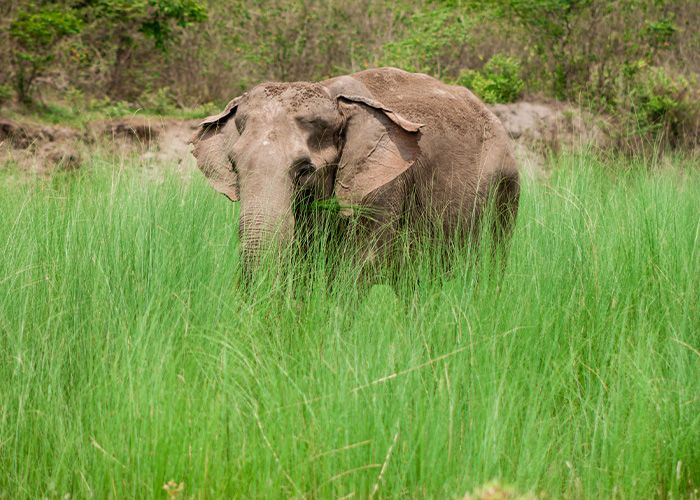
3. Conservation Areas
Nepal has established several conservation areas to protect its rich biodiversity, cultural heritage, and fragile ecosystems while promoting sustainable development and community-based conservation. There are currently six officially designated conservation areas in the country: Annapurna, Manaslu, Kanchenjunga, Makalu-Barun, Gaurishankar, and Api Nampa. These areas cover a wide range of altitudes and ecological zones, from subtropical lowlands to high Himalayan terrain, and are home to many endangered species such as the snow leopard, red panda, and Himalayan musk deer. Unlike national parks, conservation areas often allow human settlements and focus on involving local communities in conservation efforts, tourism, and resource management. The Annapurna Conservation Area, the largest in Nepal, is a prime example of successful community-based conservation, balancing tourism, environment,and livelihoods. These protected areas not only conserve nature but also provide Nepal Trekking opportunities, Cultural Tour experiences, and educational value for both visitors and local people.
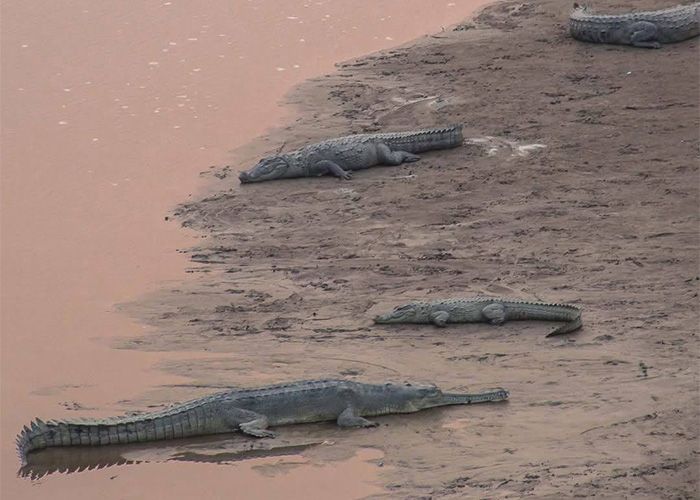
-
Annapurna Conservation Area (ACA)
Annapurna Conservation Area, Nepal’s largest protected area, spans across the Annapurna and Mustang regions and is famous for its stunning mountain scenery,diverse ecosystems, and rich cultural heritage. It offers world-class trekking routes like the Annapurna Circuit and Annapurna Base Camp, while promoting community-based conservaton and sustainable tourism.
- Nepal's largest protected area, covering over 7,600 km².
- Key Treks: Annapurna Circuit Trek, Annapurna Base Camp Trek, Mardi Himal Trek, Ghorepani-Poon Hill Trek.
- Community Management: One of the first successful models of participatory conservation.
-
Manaslu Conservation Area
Manaslu Conservation Area, established in 1998, is a protected region in Nepal’s Gorkha District, encompassing 1663 square kilometers of diverse landscapes ranging from subtropical forests to alpine meadows. Dominated by Mount Manaslu, the world’s eighth – highest peak at 8163 meters, the area is rich in biodiversity, hosting species such as snow leopards, musk deer, and over 110 types of birds. Managed by the National Trust for Nature Conservation, the area emphasizes sustainable tourism and community involvement in conservation efforts.
- Location: Gorkha District
- Highlights: Mount Manaslu (8,163 m), Tibetan culture, pristine mountain trails.
- Trekking Route (Restricted Area): Manaslu Circuit Trek, Tsum Valley Trek, Manaslu Circuit Trek combined with Tsum Valley
-
Kanchenjunga Conservation Area
Kanchenjunga Conservation Area, located in Nepal’s eastern Taplejung District, is a protected region established in 1997 to preserve the unique biodiversity and cultural heritage surrounding Mount Kanchenjunga, the world’s third highest peak. Spanning 2035 square kilometers, the area encompasses diverse ecosystems ranging from subtropical forests to alpine meadows and glaciers. It is home to rare wildlife such as snow leopards, red pandas, and over 250 bird species. The region also supports various ethnic communities, including the Limbu, Sherpa, and Rai, who maintain traditional lifestyles. Managed by the Kanchenjunga Conservation Area Management Council, the area promotes sustainable tourism and community-based conservation efforts.
- Location: Eastern Nepal
- Highlights: Rare wildlife, including red pandas and snow leopards, and remote villages.
- Trekking: Kanchenjunga North Base Camp Trek, Kanchenjunga South Base Camp Trek & Kanchenjunga Circuit Trek.
- Recent Initiatives: Increased support for community-run teahouses and conservation training.
-
Gaurishankar Conservation Area
Gaurishankar Conservation Area, established in 2010, spans 2179 square kilometers across Nepal’s Ramechhap, Dolakha, and Sindhupalchowk districts. Named after the sacred Mount Gaurishankar (7134 meters), it serves as a vital ecological corridor linking Langtang and Sagarmatha National Parks. The area boasts diverse ecosystems ranging from subtropical forests to alpine meadows, supporting species like the red panda, snow leopard, and over 235 bird species. Managed by the National Trust for Nature Conservation, the region emphasizes community-based conservation,integrating local cultures such as Tamang, Sherpa, and Newar communities. Notable features include the glacial Tsho Rolpa Lake and trekking routes like the Rolwaling Valley and Tashi Lapcha Pass, offering both natural beautiy and cultural richness.
- Location: Between Langtang and Everest regions
- Special Features: Sacred mountains, glaciers, and mixed ecosystems.
- Potential Trekking Link: Rolwaling Valley to Everest Trek region.
-
Api Nampa Conservation Area
Api Nampa Conservation Area, established in 2010, is Nepal's youngest protected area, located in the remote Darchula District of the far-western region. Spanning 1,903 square kilometers, it encompasses diverse ecosystems ranging from subtropical forests to alpine meadows and snow-covered peaks, including Mount Api (7,132 meters) and ount Nampa (6,757 meters). The area is home to rare wildlife such as snow leopards, red pandas, Himalayan black bears, and over 250 bird species. Culturally rich, it is inhabited by various ethnic groups, including the Byasi (Sauka), Chhetri, and Brahmin communities, who maintain traditional lifestyles. The conservation area aims to preserve biodiversity while promoting sustainable development and tourism in this ecologically significant region.
- Location: Far-Western Nepal
- Highlights: Mount Api (7,132 m), remote wilderness, and cultural heritage of Raute and Byansi people.
- Conservation Role: Important corridor for Himalayan biodiversity.
-
Krishna Gandaki Conservation Area (proposed in recent conservation discussions)
Krishnasar Conservation Area, established in 2009, is Nepal's smallest conservation area, covering 16.95 square kilometers in the Bardiya District. It was created to protect the endangered blackbuck (Antilope cervicapra), locally known as "Krishnasar," which was once thought extinct in Nepal. Thanks to dedicated conservation efforts, the blackbuck population has rebounded from just nine individuals in 1975 to over 200 today. The area also supports diverse flora and fauna, including 109 plant species, 14 mammals, 12 reptiles, and 64 bird species, making it a vital sanctuary for both wildlife and biodiversity.
- Location: Gandaki Province
- Potential Focus: Religious heritage sites along the Gandaki River and ecological preservation.
-
Dhorpatan Hunting Reserve (also managed with conservation goals)
Dhorpatan Hunting Reserve, established in 1987, is Nepal's only hunting reserve, spanning 1,325 square kilometers across the Rukum, Myagdi, and Baglung districts in the Dhaulagiri Himal range. It was created to allow regulated trophy hunting of species like blue sheep and Himalayan tahr while conserving the region's alpine and subalpine ecosystems. The reserve is also home to endangered wildlife such as the red panda and musk deer, and supports over 130 bird species, including the cheer pheasant and Himalayan monal. Managed by the Department of National Parks and Wildlife Conservation, Dhorpatan balances conservation with sustainable hunting practices.
- Location: Western Nepal
- Note: Though not a conservation area per se, it supports rare species and alpine ecology.
-
Tinjure-Milke-Jaljale Conservation Area (proposed)
The Tinjure-Milke-Jaljale Conservation Area, located in eastern Nepal, is a richly biodiverse region renowned for its stunning rhododendron forests, rare orchids, and panoramic Himalayan views. Spanning a vital ecological corridor between the Kanchenjunga and Makalu-Barun regions, it is home to diverse wildlife and serves as a key water catchment area, supporting both local livelihoods and conservation efforts.
- Location: Eastern Nepal
- Highlights: Rhododendron forests and rich biodiversity.
- Significance: Ecological and floral importance.
-
Barun Valley Conservation Area (within Makalu Barun National Park)
The Barun Valley Conservation Area, nestled within eastern Nepal’s Makalu-Barun National Park, is a pristine and remote Himalayan valley known for its breathtaking landscapes, cascading waterfalls, and rich biodiversity. It harbors rare flora and fauna, including endangered species like the red panda and snow leopard, making it a vital sanctuary for both ecological conservation and natural beauty.
- Note: This unique ecological zone is often referenced for its pristine condition and rare flora/fauna.
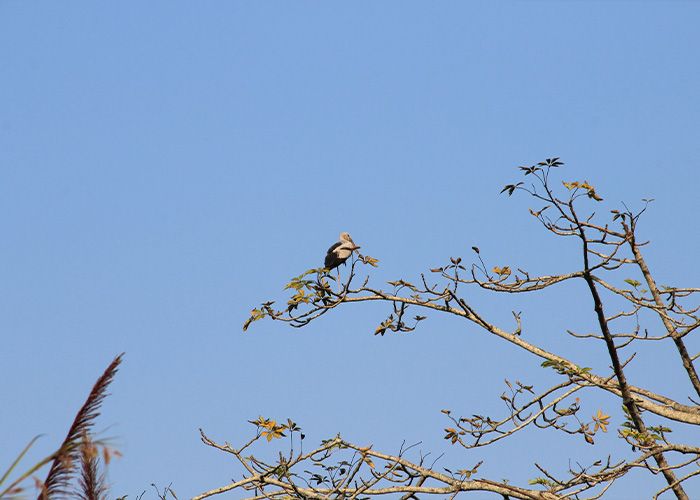
4. Wildlife and Biodiversity
Nepal’s protected areas shelter over 180 species of mammals, 850+ species of birds, and rare flora.
- Iconic Animals: Bengal tigers, Asian elephants, red pandas, snow leopards, musk deer.
-
Birding Hotspots: Koshi Tappu Wildlife Reserve (waterfowl), Bardia and Chitwan (raptors and forest birds).
-
Medicinal Plants: Many high-altitude zones are rich in rare herbs used in traditional medicine.
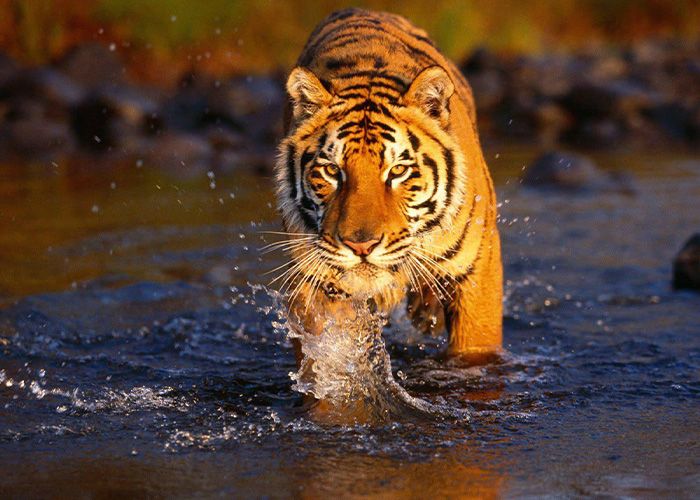
5. Conservation Challenges and Successes
-
Challenges:
- Climate change affecting glacial environments.
- Human-wildlife conflict, especially in buffer zones.
- Over-tourism in fragile ecosystems like Everest and Annapurna.
-
Successes:
- Community-Based Anti-Poaching Units (CBAPUs).
- Increasing wildlife numbers in Chitwan and Bardia.
- Waste management initiatives in Sagarmatha and Annapurna regions.
- Eco-tourism partnerships bringing economic benefits to rural communities.
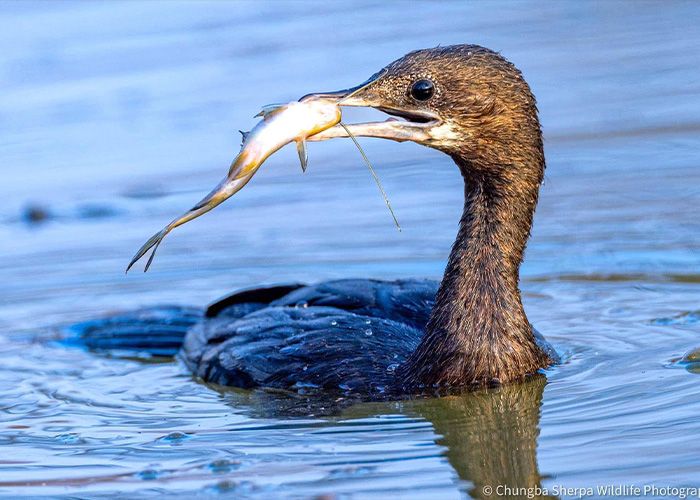
6. Travel Tips and Responsible Tourism
-
- Permits: Most protected areas require entry permits (e.g., ACAP, MCAP, National Park fees).
- Guides & Porters: Hiring local guides supports the economy and ensures safer trekking.
- Leave No Trace: Carry out all waste, avoid single-use plastics, and stay on trails.
- Cultural Respect: Learn basic local customs, especially in indigenous communities.
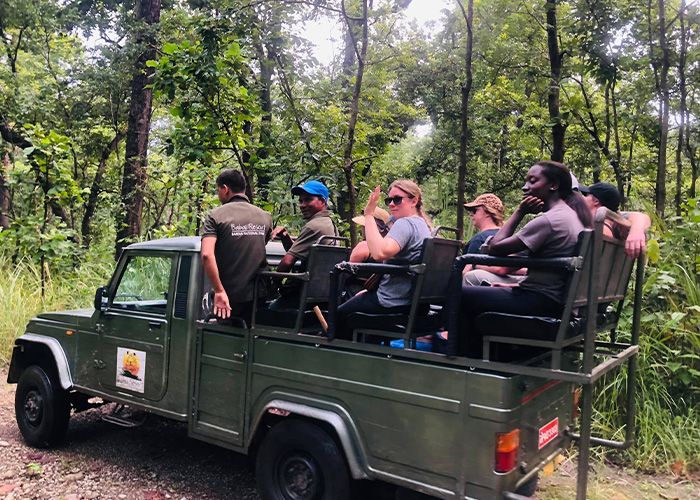
7. Looking Ahead: 2025 and Beyond
Nepal’s conservation outlook for the future emphasizes holistic, climate-smart solutions that integrate biodiversity protection with rural resilience and sustainable tourism. National park management is being enhanced through digital monitoring systems, renewable energy installations in lodges, and capacity-building programs for local communities and youth. Collaborative efforts are also expanding to protect migratory routes and ecological corridors critical for species movement within the country’s diverse terrain.
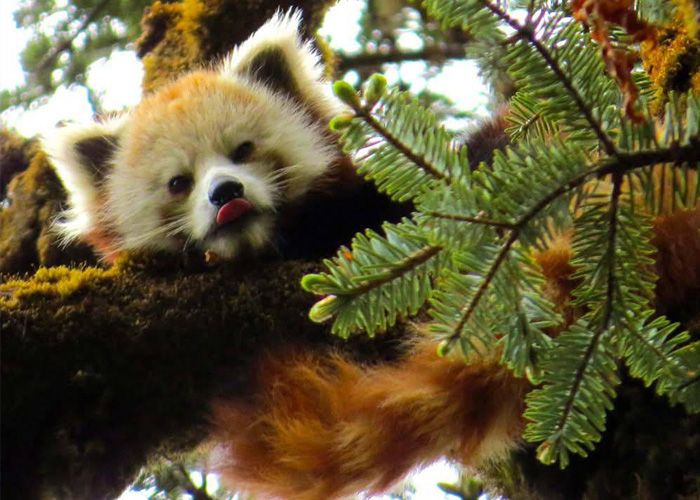
In coming years, Nepal aims to further engage local stakeholders in protected area governance, invest in habitat restoration, and align conservation with national development goals. Strengthening data-driven research, supporting rebuilding programs, and expanding eco-tourism in lesser-known regions are central strategies envisioned for long-term ecological balance and economic upliftment.
Whether you are a trekker, wildlife enthusiast, or simply a lover of nature, Nepal’s national parks and conservation areas offer an unparalleled experience. Explore responsibly and help protect these natural treasures for generations to come.
CONTACT US FOR MORE DETAILS at 977-9841416722 / 977-9841389464 (available on Whatsapp) or email This email address is being protected from spambots. You need JavaScript enabled to view it. / This email address is being protected from spambots. You need JavaScript enabled to view it.
